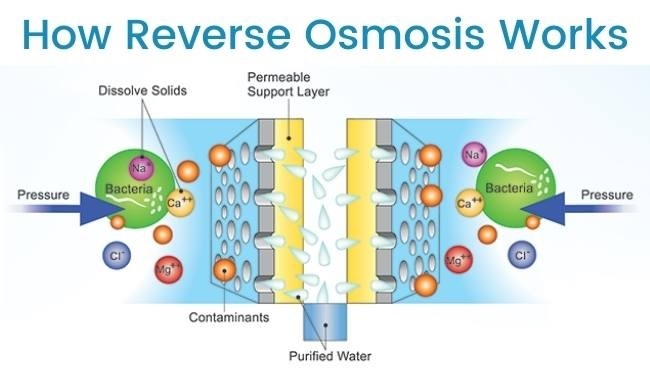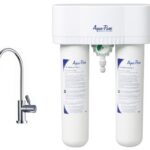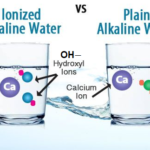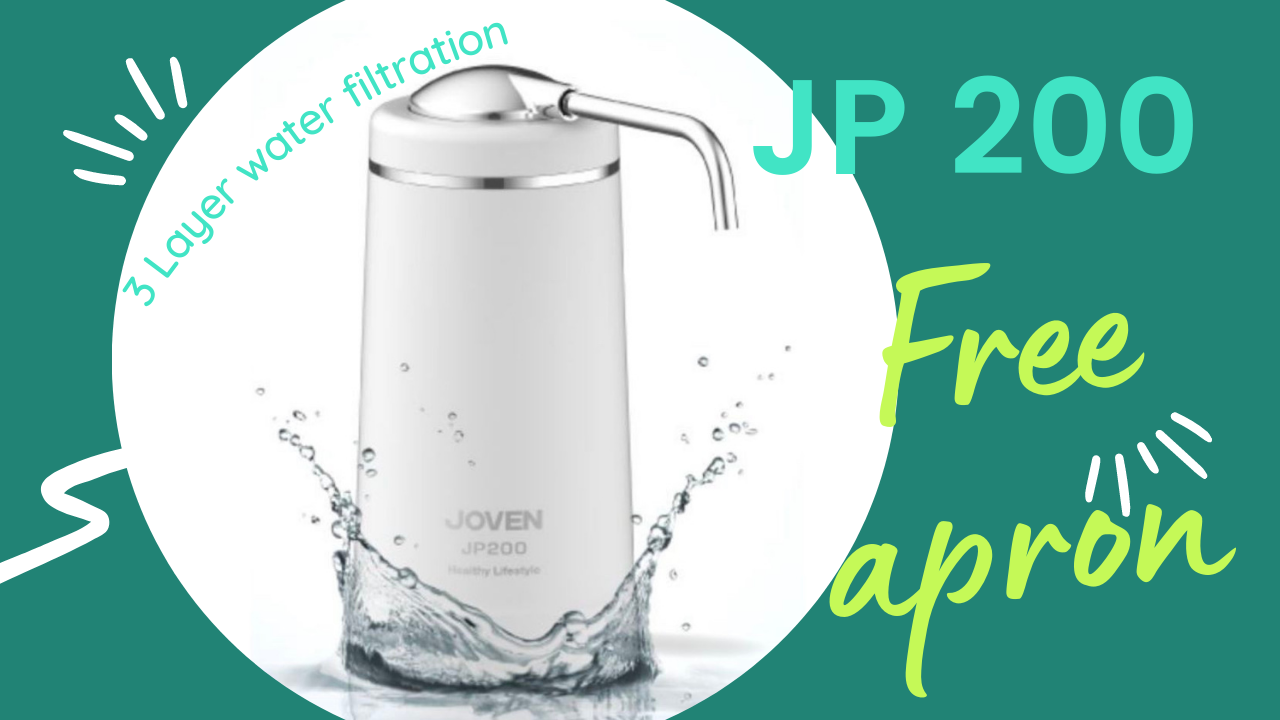The semipermeable membrane used in reverse osmosis contains tiny pores the size of approximately 0.0001 micron, through which water can flow and are restrictive to organic compounds such as minerals, microbes which generally have a larger molecular composition than water.

Photo: ESP Water Products
Pros
- The membrane pores are restrictive to bacteria and disease-causing pathogens to avoid waterborne diseases.
- Can filter/ reduce:
- Radioactive substances like radium and uranium (may reduce)
- Heavy metals such as mercury, cadmium, arsenic, chromium, and lead
- Microbes; protozoa, virus and bacteria (highly effective)
- Emerging contaminants such as prescription drugs and perchlorate
- Nitrate, fluoride, copper
- Thin film composite RO membranes (>90%) have superior performance in removing pesticides compared to those of Cellulose Acetate and polyamide membranes
- Incredibly effective at desalinating water and providing mineral-free water for use in photo or print shops.
Cons
- The membrane is not effective at removing volatile organic compounds (VOCs) and chlorine. For this reason, a carbon filter must be used as a complimentary measure to provide safe drinking water from the reverse osmosis process.
- The removal of healthy, naturally occurring minerals in water. The membrane of a reverse osmosis system is impermeable to natural trace minerals. These minerals not only provide a good taste to water, but they also serve a vital function in the body’s system. Water, when stripped of these trace minerals, can actually be unhealthy for the body. Health Risks From Drinking Demineralised Water by World Health Organization (WHO)
- Reverse osmosis also wastes a large portion of the water that runs through its system. It generally wastes two to three gallons of water for every gallon of purified water it produces. Reverse osmosis is also an incredibly slow process when compared to other water treatment alternatives.
- There are some precautions on drinking RO water though:
- It’s not recommended to drink RO water, which is demineralised immediately after exercise. Isotonic drinks or mineralised water can replenish the minerals lost through sweat.
- Maintain a healthy diet or take nutrient supplements if you’re to drink RO water.
Minerals in Drinking Water
Calcium and magnesium are important nutrients in the development and maintenance of human health. These dietary components (as well as phos-phorus) are most strongly associated with the development of strong bones and teeth and are essential to cardiovascular function. Waterborne minerals are in ionic form, which tend to be easily absorbed by the human gastrointestinal tract. Estimated Average Requirement (EAR) of Magnesium is 200mg/day (who.int). Recommendation of Calcium intake is about 500-700 mg/day (health.harvard.edu). We drink about 2L water a day.
Average Concentration of Calcium and Magnesium in Municipal Tap Water
- In Malaysia, concentration of calcium in tap water is about 1.8mg/L and magnesium 0.3mg/L in average (Journal of Energy & Safety Technology UTM). However in this article, you can see that the concentration of Calcium value from samples obtained from different geographical locations vary significantly from 0.54 to 23.1 mg/L.
- In the US, the Calcium concentration is 30 mg/L and Magnesium 10 mg/L in tap waters (usda.gov)
- In Hong Kong, amount of calcium in drinking/ tap water is 11mg/L and magnesium 1.4mg/L (wsd.gov.hk)
Conclusion
Sufficiently mineralised drinking water can be an important source of mineral, otherwise it can be supplemented with other beverage and food intake. A glass of milk (250 ml) contains about 300 mg of calcium. If you drink 2L of water from the tap water supply in Malaysia, you will get 1.2 to 46 mg of calcium, which can be low compared to the requirement.
Most of the Reverse Osmosis Water filtration systems in the market come with pre/ post filters such as activated carbon filter. Results from different models of filtration system vary, depending on the quality and material used. Therefore you should look for the one that is certified to reduce the contaminants you want removed. List of Certified Drinking Water Treatment Systems.
Source
CDC.gov: Drinking Water Treatment Technologies for Household Use
epa.gov: Reverse Osmosis Treatment to Control Inorganic and Volatile Organic Contamination
International Water Association: Reverse Osmosis and Removal of Minerals from Drinking Water
epa.gov: Water Treatment Effects on Pesticide Removal










